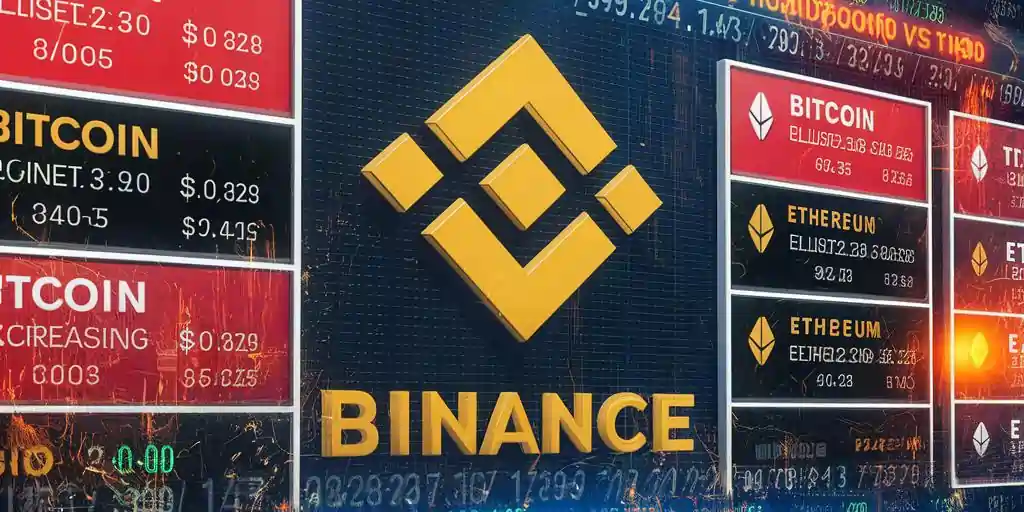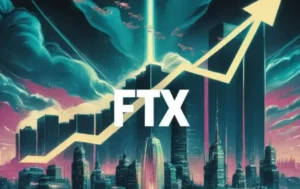
In a surprising announcement that stunned the entire crypto community, Binance, the world's largest cryptocurrency exchange, revealed its decision to delist several major cryptocurrencies, including Shiba Inu (SHIB), Chainlink (LINK), and Memecoin (MEME). The move, effective June 28, 2024, is part of Binance's periodic review process aimed at maintaining a high-quality trading environment.
The Binance Delists Major Cryptos Details
Binance will remove and cease trading for the following spot trading pairs:
| S/N | Ceased Spot Trading Pairs |
|---|---|
| 1 | SHIB/TUSD |
| 2 | LINK/TUSD |
| 3 | BLUR/FDUSD |
| 4 | MEME/ETH |
| 5 | METIS/FDUSD |
| 6 | NFP/BNB |
| 7 | OSMO/BTC |
The exchange cited multiple factors, such as poor liquidity and declining trading volumes, as the primary reasons behind this decision. Binance will also terminate its Spot Trading Bots services for these pairs at the same time.
Let’s clear the FUD | Separating Fact from Fiction

Despite the initial panic caused by sensationalized headlines, it's crucial to note that Binance is not entirely delisting Shiba Inu or the other affected cryptocurrencies. Instead, the exchange is strategically adjusting its trading pairs, removing specific options like SHIB/TUSD and LINK/TUSD due to low trading activity.
Shiba Inu, for example, will remain available for trading on Binance with numerous other cryptocurrency and fiat currency pairs, including SHIB/USDT, SHIB/USDC, SHIB/EUR, and SHIB/DOGE. This incident highlights the importance of verifying information from reliable sources and avoiding knee-jerk reactions based on misleading headlines.
Lucie, the Shiba Inu ecosystem marketing lead, addressed the widespread misconceptions about Binance's decision. She characterized some media reports as “click-bait,” clarifying that Binance is not entirely delisting Shiba Inu and emphasized that the decision only indicates the removal of the SHIB/TUSD trading pair. Lucie encouraged Shiba Inu community members to always verify information from reliable sources before forming conclusions.
The Ripple Effect on Prices
Binance's delisting announcements have historically influenced crypto price movements, given the exchange's 48% market share in the global crypto market. Following the news, the prices of the affected cryptocurrencies experienced some volatility.
SHIB initially saw a 3% increase in price but later pared some of its gains, trading at around $0.00001755. Similarly, LINK's price rose by 1% before settling at approximately $14.10. MEME, on the other hand, experienced a 1.43% increase, trading at $0.01997.
Why did Binance remove these Cryptocurrency pairs?

It's important to recognize that the delisting of specific trading pairs is not an isolated event but rather part of Binance's regular review process to maintain a high-quality trading environment.
The key reasons for delisting these specific trading pairs are:
- Poor liquidity: The trading pairs had low liquidity, which can lead to increased volatility and difficulty in executing trades at desired prices.
- Low trading volume: The delisted pairs had declining or low trading volumes, indicating reduced interest and activity from traders.
- Periodic review process: Binance regularly reviews all listed spot trading pairs to maintain a high-quality trading environment. This delisting is part of their ongoing efforts to optimize the platform and ensure a better trading experience for users.
The delisting of these specific trading pairs does not mean Binance is entirely removing the affected cryptocurrencies from its platform. The exchange has previously removed several other trading pairs, such as FTT/BNB, FTT/BTC, and FTT/ETH in November 2022, and AMB/BUSD, ASTR/BUSD, and BAT/ETH in September 2023.
For example, Shiba Inu (SHIB) and Chainlink (LINK) will still be available for trading on Binance with other cryptocurrency and fiat currency pairs.
This move is part of Binance's strategy to consolidate trading activity, improve market efficiency, and enhance investor protection by removing illiquid and low-volume trading pairs.
The Bigger Picture

While the delisting news may cause short-term price fluctuations, it's essential to consider the broader context of the crypto market. Macroeconomic pressures, upcoming economic data releases, and monthly options expiry are all factors that can influence price movements.
By separating facts from sensationalism and maintaining a balanced outlook, investors can make informed decisions and adapt to the ever-changing environment of the crypto market.






